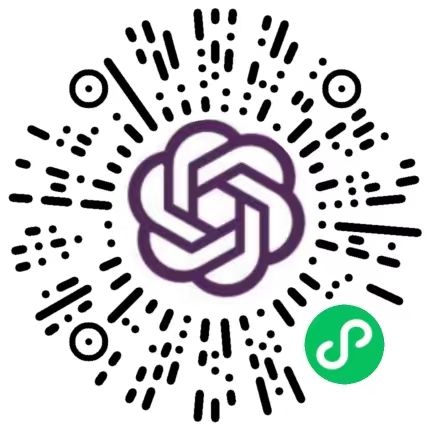Passage 3
In ancient times wealth was measured and exchanged tangibly, in things that could be touched: foods, tools, and precious metals and stones. Then the barter system (以货易货贸易制度) was replaced by coins, which still had real value since they were pieces of rare metal. Coins were followed by fiat money (不兑换的纸币), paper notes that have value only because everyone agrees to accept them.
Today electronic monetary systems are gradually being introduced that will transform money into even less tangible forms, reducing it to arrays of “bits and bytes,” or units of computerized information, whizzing (发嗖嗖声) between machines at the speed of light. Already, electronic fund transfer allows money to be instantly sent and received by different banks, companies, and countries through computers and telecommunications devices.
38.According to the passage, which of the following was the earliest kind of exchange of wealth?
A.Bartered goods B.Coin currency C.Fiat money D.Intangible forms正确答案A


